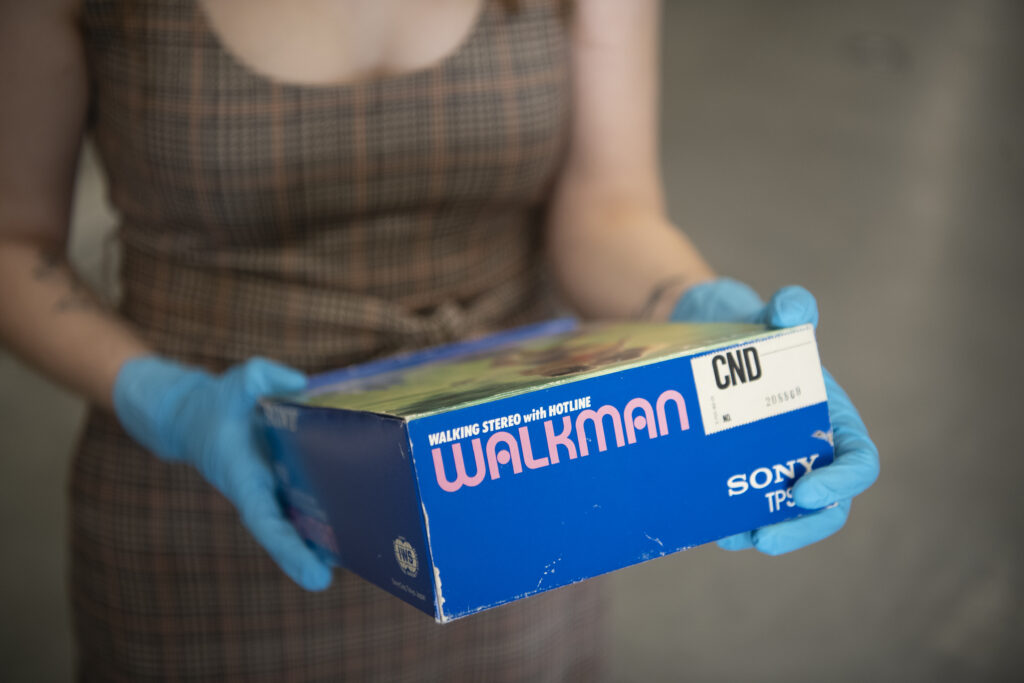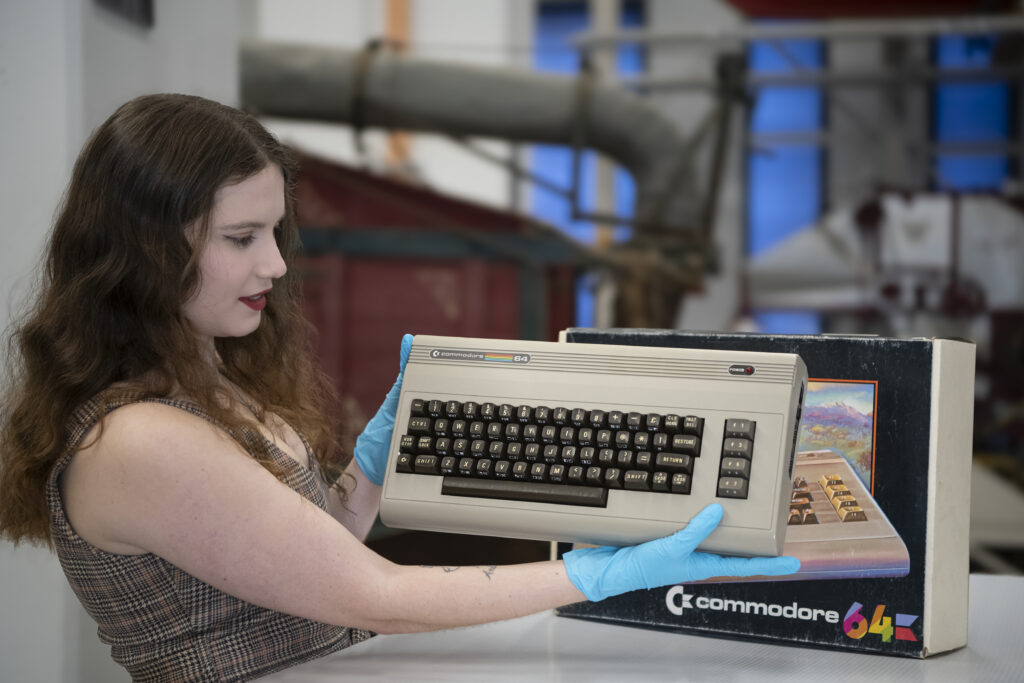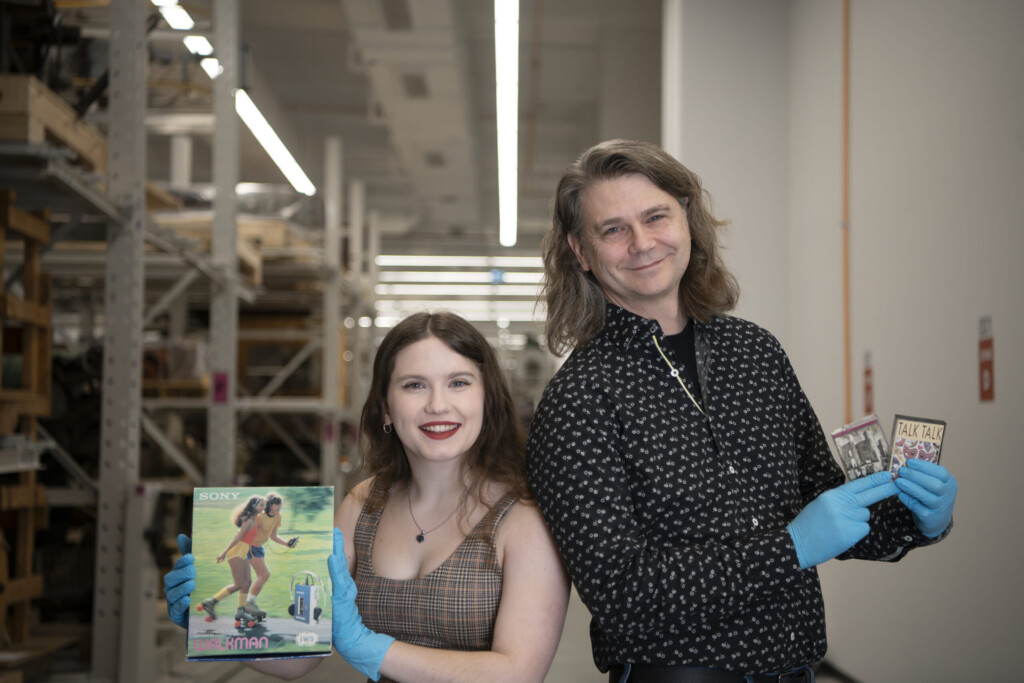Decoding the Decades: Looking at Canada in the 1980s in New Object-based History Course
By: Emily Putnam
A brand-new history course called From Walkmans to West Edmonton Mall: The material culture of the 1980s in Canada offers a hands-on exploration of object-based research, shedding light on the cultural shifts and iconic artifacts that defined a generation.
The upcoming full-year, fourth-year course (2024-2025) on the eccentric 1980s was created as part of the Students as Partners Program (SaPP) and in collaboration with Ingenium. It will offer an immersive experience to students, allowing them to explore, observe, and even use authentic items from a national museum’s collection of signature objects from ‘the decade of decadence.’
But as History Professor James Opp, co-creator of the course, explains, the cultural world of the 80s was a lot more complex than how it is often caricatured in contemporary media.
Notably, the course will allow students to tell new stories about the objects in creative ways, working in multi-media formats that link the object to the sounds and sights of the decade.
While Opp will encourage students to use new media and technology for their work in the course, they will be prompted to venture beyond nostalgia and deeply consider the impact of new technologies in a pre-digital world.
“In many ways, the 1980s was the last analog decade. New electronic and digital technologies were emerging, but the experience of using game consoles or personal computers or video recorders was based on material media,” says Opp.

He notes that the 1980s were the last decade of the Cold War, when nuclear threats were still very real, the purges of gay and lesbian civil servants and military personnel were ongoing, the unequal impacts of deindustrialization were starting to be felt, and the AIDS crisis created new moral panics.
“It’s important to set expressions of popular culture against and within these layers of historical context,” says Opp.
Angela Mortimer, a final-year history student who helped Opp develop the course through SaPP, shares Opp’s fascination with the decade and believes one way to better comprehend the multifarious juncture of time is to explore its hallmark tangible artifacts.
“Material culture and object-based research are a great way to feel more of a personal connection to history. There is an opportunity to use more of your senses; it is not just looking and reading; it is touching, smelling, and listening to the object.”

Moreover, Mortimer underscores the power of material culture to connect with history when a personal link endures.
“For me, telephones are some of the most interesting objects from the 80s. Their touch-tone boxes make me think of my grandparents, who still have a home phone today. When I look at these phones in the Ingenium collection, they fill me with joy and a bit of homesickness.”
Professor Opp is thrilled to have Ingenium as a partner for this course, as it will provide students with an extraordinary opportunity to experience the object firsthand and gain insight into how museum mandates govern what and how is collected and the deep research that goes into these collections.

Mortimer also expresses her excitement: “Students will be writing, researching, and creating their final projects about their chosen tangible objects that Professor Opp and I have requested, and Ingenium will so kindly set aside. This means real hands-on experience working with artifacts.”
Notably, the course will allow students to tell new stories about the objects in creative ways, working in multi-media formats that link the object to the sounds and sights of the decade.
While Opp and Mortimer will encourage students to use new media and technology for their work in the course, they will urge them to venture beyond nostalgia and deeply consider the impact of new technologies in a pre-digital world.
“Looking back at the 1980s puts this digital revolution into relief and allows us to rethink how we interact with material objects and how our current relationship to material media has been altered and reshaped,” says Opp.